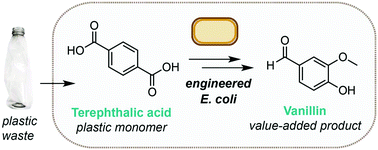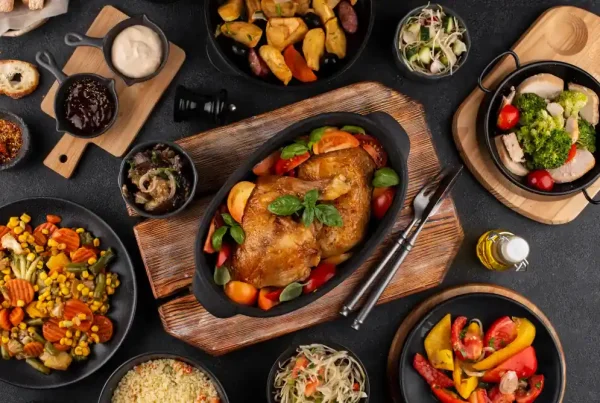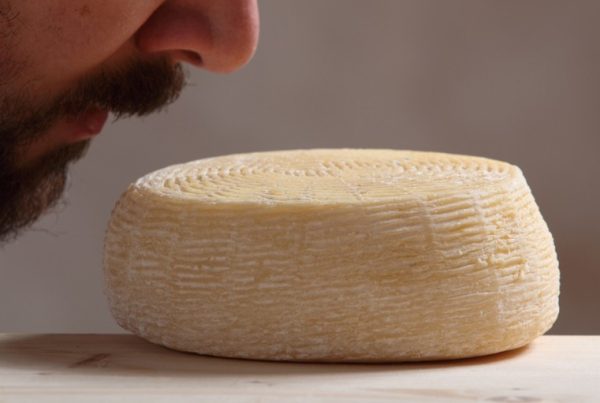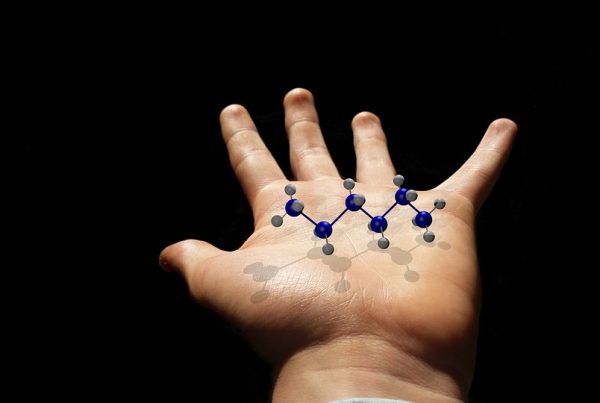Scientists have found an innovative approach to combat the global plastic waste crisis and make something sweeter in the process.
To meet the demands for vanillin, the primary component of vanilla bean extract, and reduce plastic waste, researchers are converting plastic into vanilla flavoring using genetically engineered bacteria, according to a new study published in Green Chemistry. This study marks the first time researchers brewed up a “valuable” chemical compound from plastic waste, reports Damian Carrington for the Guardian.
“This is the first example of using a biological system to upcycle plastic waste into a valuable industrial chemical and this has very exciting implications for the circular economy,” study author Joanna Sadler, a biochemist at the University of Edinburgh, says in a statement.
As a lucrative spice, vanilla has a market value predicted to reach $724.5 million by 2025 as demand rapidly increases, reports Kate Ng for the Independent.
Vanillin is what gives vanilla its signature sweet aroma and potent flavor. It is found in various items, including dairy products, soda, and cosmetics, reports Asha C. Gilbert for USA Today. Normally, the chemical compound is distilled from the extract of vanilla beans; however, it can also be made synthetically. Eighty-five percent of the world’s vanilla is synthesized from fossil fuels in a two-step process, per the Independent. Vanillin is produced artificially to meet demands that the vanilla bean supply can’t meet, reports Yasemin Saplakoglu for Live Science.
Currently, single-use plastics lose 95 percent of their value after use, causing a $110 billion loss to global markets every year, USA Today reports. For every one million plastic bottles sold each minute globally, only 14 percent is recycled, reports the Guardian.

Previous studies found enzymes could break down plastic bottles made from polyethylene terephthalate (PET) into terephthalic acid (TA). Building on this finding, researchers used a modified version of the bacteria Escherichia coli to convert the acid into vanillin. The team mixed a broth containing the engineered E. coli and TA at a temperature of 98.6 degrees Fahrenheit for a day, reports the Guardian. The mixture converted 79 percent of the TA into vanillin. Because both chemical compounds are similar, the microbes could easily transform the acid into vanillin. The bacteria only need to make a few changes to the number of hydrogen and oxygen atoms bonded to the acid’s carbon ring, Live Science reports.
“Using microbes to turn waste plastics, which are harmful to the environment, into an important commodity and platform molecule with broad applications in cosmetics and food is a beautiful demonstration of green chemistry,” Ellis Crawford, a medicinal chemist and editor at the journal Royal Society of Chemistry, says in a statement.
For future studies, the researchers are looking into how they can use the bacteria to increase the amount of TA converted into vanillin and scale the process so more extensive amounts of plastic can be
Source: Plastic Waste Can Be Transformed Into Vanilla Flavoring | Smart News | Smithsonian Magazine













